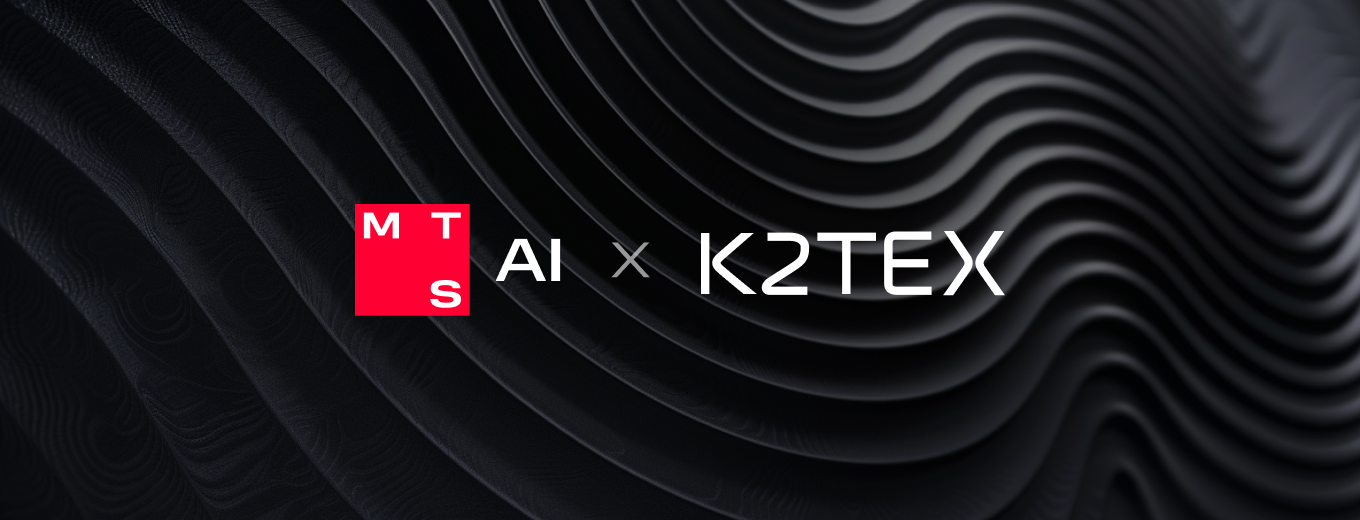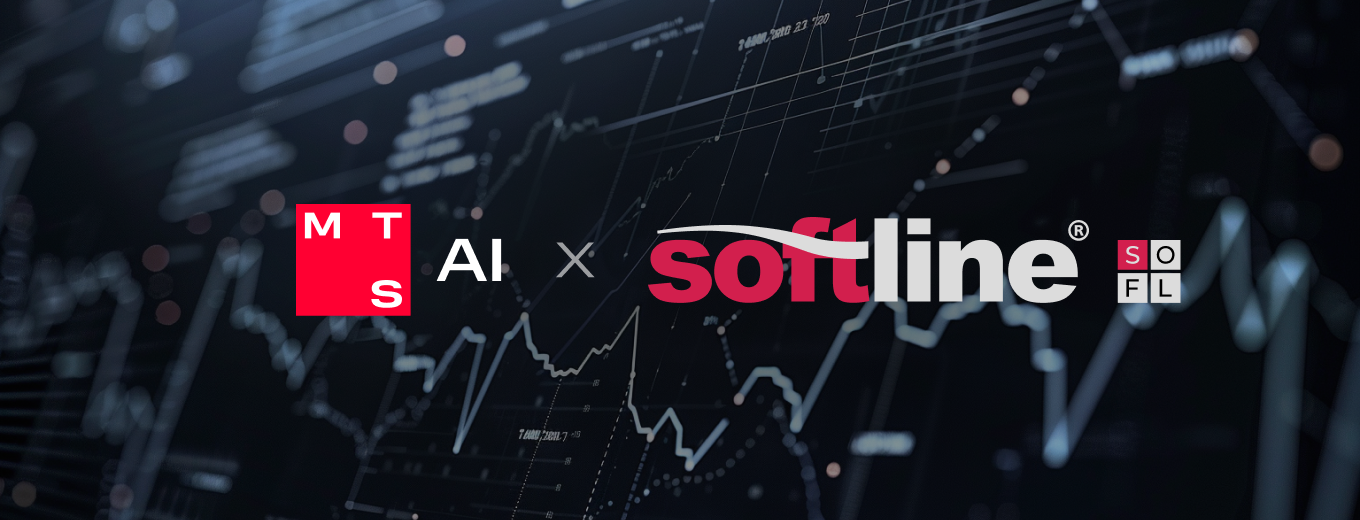This issue of #InfocusAI will delight you with information on IBM’s new chip architecture that mimics the brain work, Google’s more cost-effective and environmentally friendly VLMs, application of artificial intelligence to sustainable investments and analysing police officers’ interactions with society. You will also learn whether generative models are capable of engineering innovations.
AI-focused digest – News from the AI world
Issue 28, October 12 – 26, 2023
IBM is developing a chip for more energy-efficient AI
IBM Research’s lab in Almaden (California) has blown the world away with news of advances in creating chips with a new – non-von Neumann – architecture. The scientists say that their findings will eliminate weaknesses of today’s chips and make computing more energy efficient. The modern chip architecture based on von Neumann principles involves discrete storage and processing of information. This offers significant scalability, but it costs time and energy to constantly move data back and forth between memory and processing blocks. The IBM Research team, inspired by brain science, has come up with a different architecture, where the computation and memory blocks are combined. The idea was implemented in a chip called NorthPole. The results of testing this chip on the ResNet-50 image recognition model were recently published in Science. NorthPole turned out to be significantly more efficient than common 12nm GPUs and 14nm CPUs. In both cases, NorthPole is 25 times more energy-efficient when it comes to the number of interpreted frames per joule of energy. Learn more information about the breakthrough design (its advantages, disadvantages and prospects) on the IBM Research website.
AI helps investors in ESG screening
There has been a dramatic increase in global demand for ESG screening services, i.e., checking company data to ensure sustainable investment. To deal with the increased number of orders, providers of such services are increasingly turning to artificial intelligence, as reported by Financial Times. In particular, Morningstar Sustainalytics, one of the best-known ESG data providers, uses the whole set of AI technologies to track and analyse hundreds of thousands of publicly available sources. Those include websites, publications in media, reports from regulatory bodies and non-governmental organisations, independent research on supply chain risk, etc. Investments are screened against hundreds of ESG criteria. Another company, MerQube, uses natural language processing to analyse senior executives’ speeches about finance. The companies note that they wouldn’t be able to cope with the flow of work without AI, but stipulate that there are still a number of unresolved issues in this area. Read about them in the article on FT.
Google is developing a family of VLMs with a small set of parameters
Researchers at Google believe that, amid large-scale VLMs (Vision Language Models) with hundreds of billions of parameters, it is unacceptable to downplay the importance of smaller-scale models that are more environmentally friendly, practical and economical. For this reason, they presented a family of PaLI-3 models with only 5 billion parameters. In their paper, the researchers claim that although their models lag behind their larger-scale brethren in standard image classification tests, they perform very well on multimodal tasks. A new training recipe has enabled them to achieve great results. Learn more from this article.
Similarity-focused generative models are not useful for engineering innovation
Researchers at MIT, based on a series of tests with deep generative models (DGMs, like ChatGPT), which create something new based on existing designs, have found that they can not adequately handle engineering problems. Which means that an AI trained on billions of examples of previous work can compose a symphony, write poetry and create various works of fine art, but designing a bicycle frame with better performance will be beyond its capabilities. For that, it needs to learn how to account for functional requirements. The scientists confirmed it by testing deep generative models specifically trained for solving engineering tasks not only based on statistical similarity but also on functional requirements. “We found that when a model goes beyond statistical similarity, it can come up with designs that are better than the ones that are already out there”, they report. You can find the results of their study on MIT News.
Artificial intelligence will analyse police officers’ interaction with the public in the US
A new multimodal AI system called TrustStat was developed in the US to analyse how police agencies interact with people in the course of their work. The developer company, Polis, informs that the solution is already in the deployment phase in three states (Texas, Florida and North Carolina) and in discussion with interested organisations in other states. TrustStat works with data from body-worn cameras carried by police officers. Using computer vision and a set of natural language processing tools, the system analyses behaviour of both parties of the communications, as well as what people are saying and how. This analysis will be useful for a range of tasks, from optimising patrol operations to organising more effective supervision, resolving disputes and training officers. Read more details on the Police1 website.













